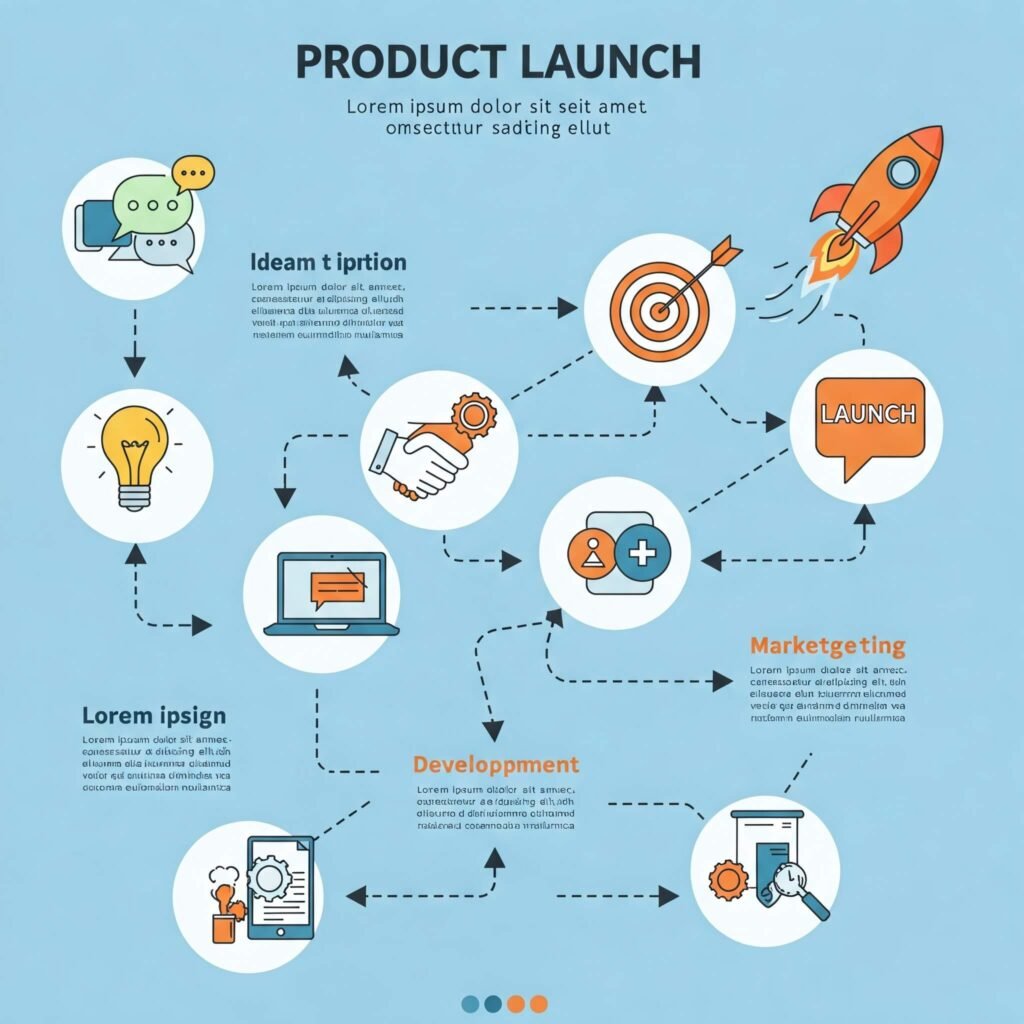So, you’ve got that spark, that brilliant idea brewing in your mind. You’re dreaming of building something from the ground up, something that solves a problem, disrupts an industry, or simply makes people’s lives better. Well, you’re in the right place. This beginner’s guide will walk you through the essential steps on how to start a startup, transforming that initial concept into a thriving reality.
Phase 1: Idea Validation and Planning for Your Startup
Before diving headfirst into development and funding, it’s crucial to solidify your foundation. This phase focuses on ensuring your startup idea has potential and charting a clear path forward.
Refining Your Startup Idea
That initial spark needs to be nurtured and refined. Ask yourself:
- What problem are you solving? A successful startup often addresses a clear need or pain point.
- Who is your target audience? Understanding your ideal customer is paramount.
- What is your unique value proposition? What makes your solution different and better than existing alternatives?

Conducting Market Research for Your Startup
Don’t assume your idea is a winner. Thorough market research is essential to validate demand and understand the competitive landscape.
- Identify your competitors: Analyze their strengths, weaknesses, pricing, and target audience.
- Assess market size and trends: Is there a large enough market for your solution, and is it growing?
- Gather customer feedback: Talk to potential users to understand their needs and willingness to pay. Tools like surveys and interviews can be invaluable.
Crafting a Solid Business Plan for Your Startup
A well-structured business plan acts as your roadmap. It outlines your business goals, strategies, and how you intend to achieve them. Key components include:
- Executive Summary: A brief overview of your business.
- Company Description: Details about your startup, its mission, and vision.
- Market Analysis: In-depth research on your target market and competitors.
- Products or Services: A detailed description of what you offer.
- Marketing and Sales Strategy: How you plan to reach and acquire customers.
- Management Team: Information about the founders and key personnel.
- Financial Projections: Forecasts for revenue, expenses, and profitability.
(Outbound Reference Link: Small Business Administration – Write Your Business Plan)
Phase 2: Building and Launching Your Startup
With a validated idea and a solid plan, it’s time to bring your startup to life.
Developing Your Minimum Viable Product (MVP) for Your Startup
Instead of aiming for perfection from the outset, focus on creating a Minimum Viable Product (MVP). This is a basic version of your product or service with just enough features to attract early adopters and gather valuable feedback.
- Identify core features: What are the absolute must-haves for your initial offering?
- Prioritize speed to market: Getting your MVP into the hands of users quickly is crucial.
- Iterate based on feedback: Use user feedback to refine and improve your product.
Securing Funding for Your Startup
Depending on your needs, you’ll need to explore funding options. Common sources include:
- Personal Savings: Bootstrapping your startup with your own funds.
- Friends and Family: Seeking initial investment from your network.
- Angel Investors: High-net-worth individuals who invest in early-stage companies.
- Venture Capital: Firms that invest larger sums in high-growth potential startups.
- Crowdfunding: Raising small amounts of money from a large number of people online.
(Outbound Reference Link: Investopedia – Startup Funding)
Marketing and Launching Your Start a startup
A great product won’t sell itself. A well-executed marketing and launch strategy is essential.
- Develop your brand identity: Define your brand name, logo, and overall visual style.
- Build an online presence: Create a website and social media profiles.
- Implement a marketing strategy: Utilize content marketing, social media marketing, email marketing, and other tactics to reach your target audience.
- Plan your launch: Create buzz and excitement leading up to your launch date.
- Gather feedback post-launch: Continuously monitor and analyze user feedback to make improvements.

Phase 3: Growing and Scaling Your Start a startup
The launch is just the beginning. Sustained growth and scalability are key to long-term success for your startup.
Building a Strong Team for Your Startup
As your startup grows, you’ll need to build a talented and dedicated team.
- Identify key roles: Determine the skills and expertise you need.
- Focus on culture: Create a positive and collaborative work environment.
- Invest in your people: Provide opportunities for growth and development.
Focusing on Customer Acquisition and Retention for Your Start a startup
Acquiring new customers is important, but retaining existing ones is often more cost-effective.
- Implement effective customer relationship management (CRM) strategies.
- Provide excellent customer support.
- Build a loyal customer base through engagement and value.
Scaling Your Startup Operations
As demand grows, you’ll need to scale your operations efficiently.
- Optimize your processes and workflows.
- Leverage technology to automate tasks.
- Plan for future growth in terms of infrastructure and resources.


